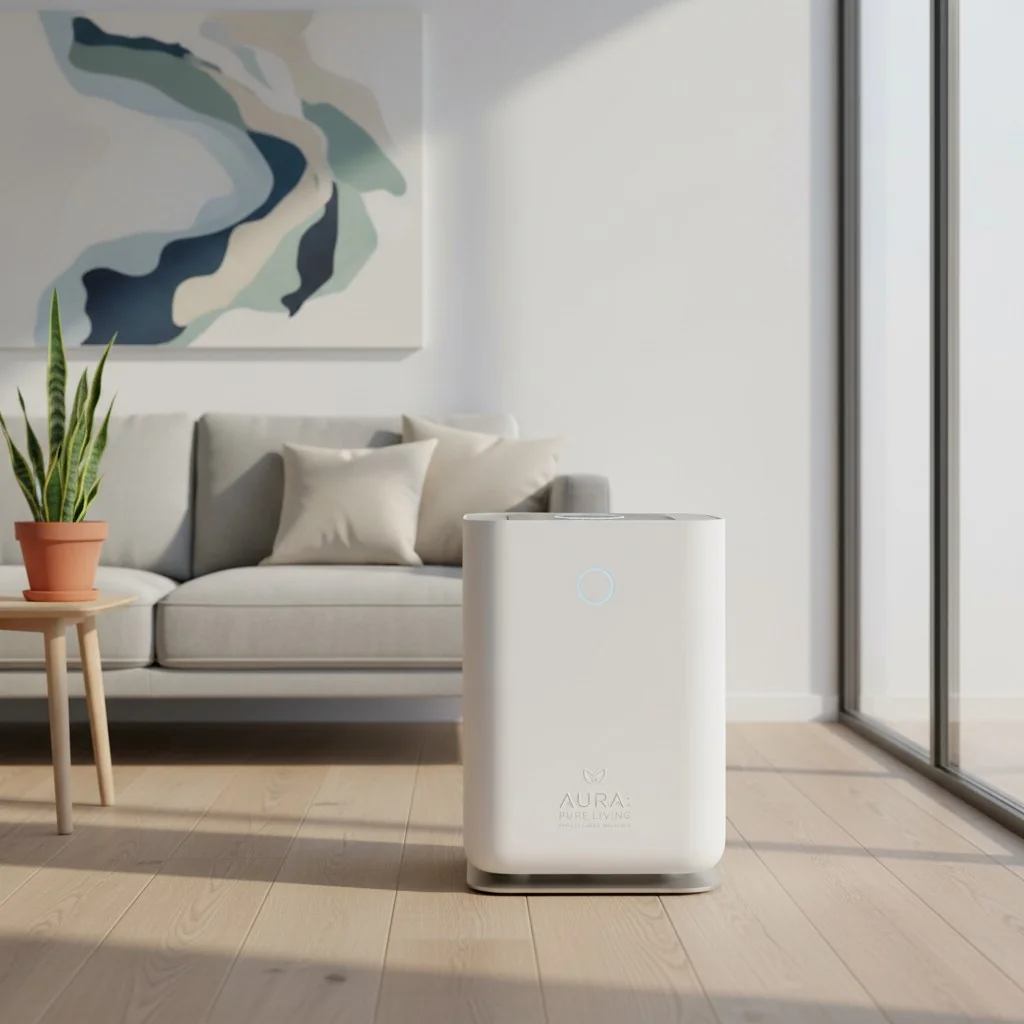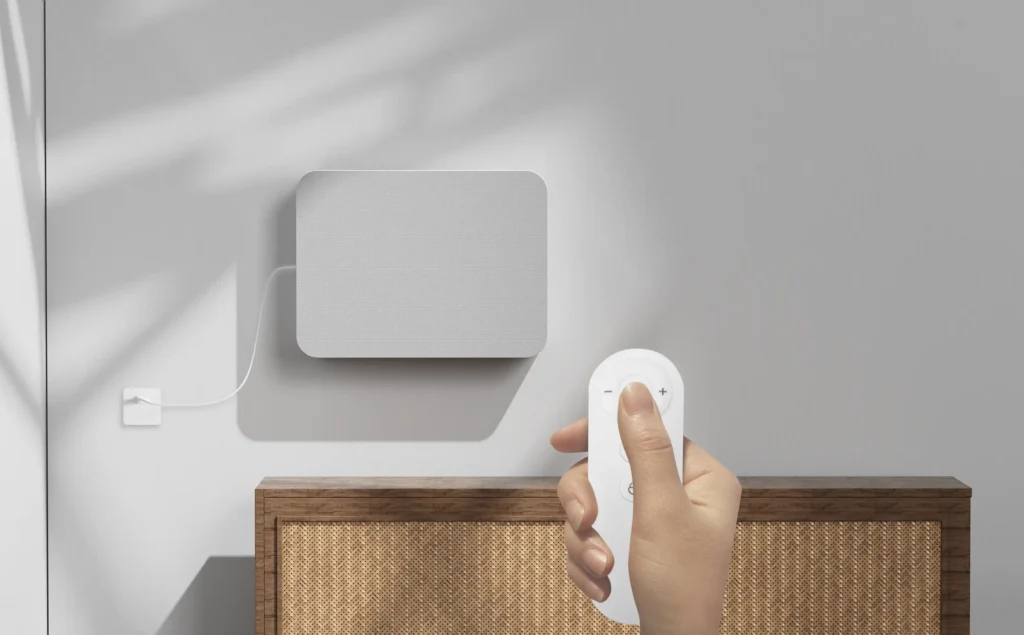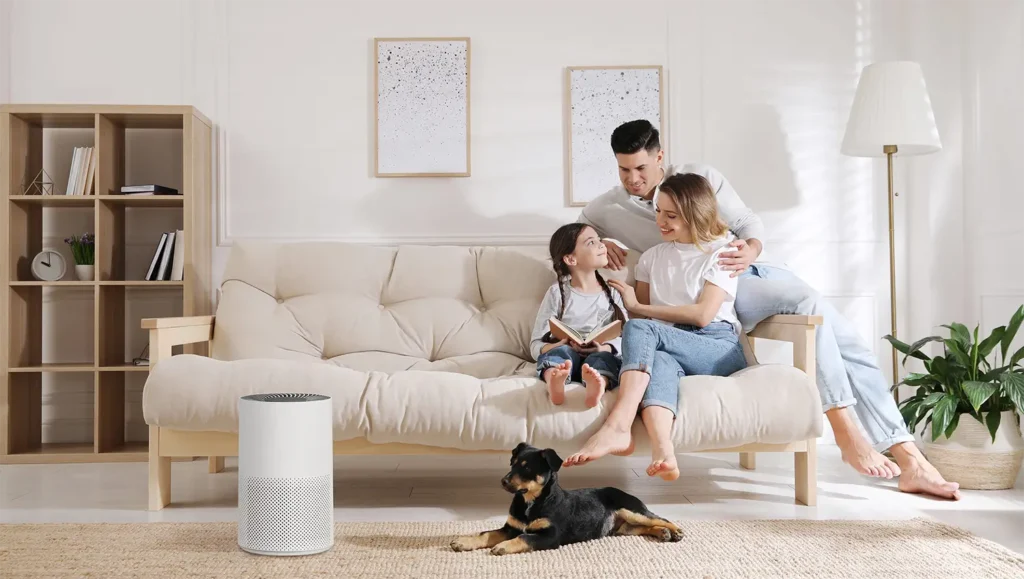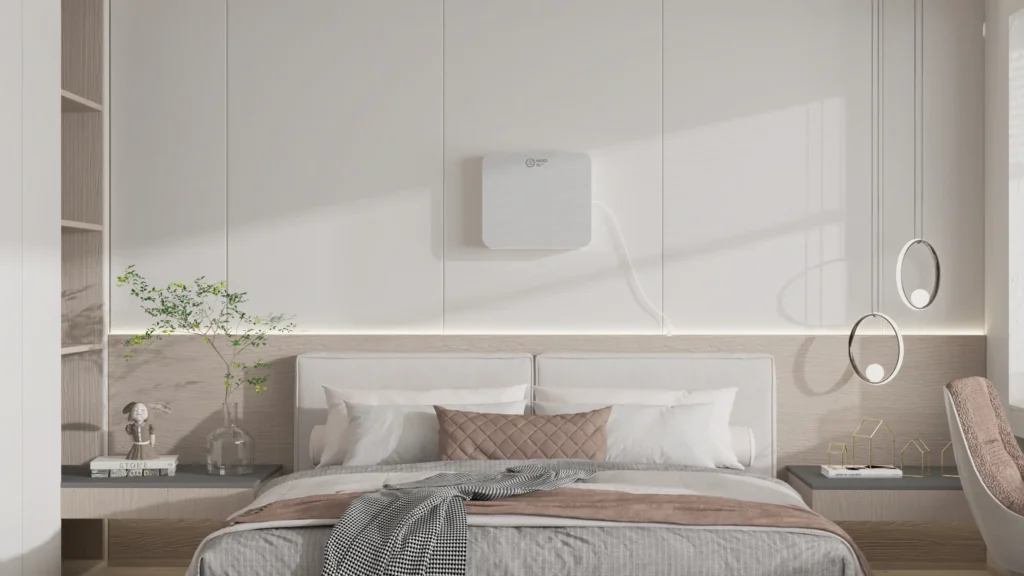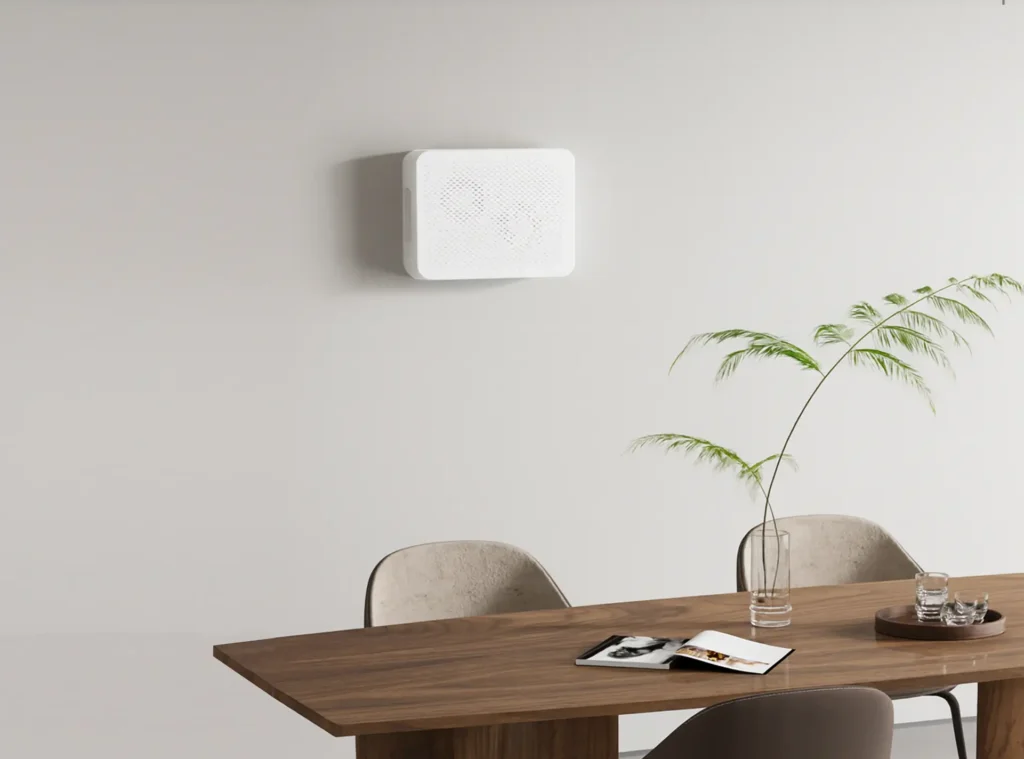Museums, sanctuaries of priceless artifacts, face a silent threat: airborne pollutants. These invisible adversaries relentlessly degrade our shared cultural heritage. Poor air quality is a primary "agent of deterioration," as critical as light, temperature, and humidity in preservation. A 2005 survey revealed that 47% of U.S. institutions suffered collection damage due to air pollution, highlighting environmental control as their most urgent preservation need .
This guide will demystify the threats, explain purification technologies, and outline a strategic, multi-layered approach to safeguard your institution's invaluable collections.
Know Your Enemy – What's Damaging Your Collection?
Airborne threats to museum collections fall into two main categories: particulate matter and gaseous pollutants.
A. The Gritty Stuff (Particulate Matter)
Particulates, including dust, soot, and microscopic particles, physically damage artifacts through abrasion, soiling, and embedding in porous materials . Beyond physical harm, they are chemically and biologically active, acting as carriers for mold spores and attracting pests, contributing to biodeterioration .
B. The Chemical Assault (Gaseous Pollutants)
Gaseous pollutants, from both external and internal sources, cause significant chemical degradation.
Threats from Outside
External gases infiltrate museums, initiating destructive chemical reactions:
- Acidic Gases (Sulfur Dioxide - SO₂ and Nitrogen Oxides - NOx): From fossil fuel combustion, these form acids that corrode metals, embrittle organic materials, and form destructive salts on stone and ceramics .
- Oxidizing Gases (Ozone - O₃): A powerful oxidant, ozone breaks down materials at a molecular level, causing fading, yellowing, and cracking of organic materials . Crucially, ozone-producing technologies like electrostatic precipitators and ionizers must be avoided in museums .
High humidity and elevated temperatures accelerate these chemical reactions, emphasizing the need for integrated environmental management .
Threats from Inside: The Enemy Within
Internally generated pollutants accumulate in enclosed spaces, creating toxic micro-environments .
Volatile Organic Compounds (VOCs): These evaporate easily and originate from building materials (plywood, MDF, adhesives, paints), cleaning agents, and even the artifacts themselves (deteriorating film, preserved specimens) .
Key VOCs of concern include:
- Acetic Acid (CH₃COOH) and Formic Acid: Emitted from wood and adhesives, they corrode lead, copper, and bronze, and cause Byne's Disease on calcareous materials .
- Formaldehyde (HCHO): From composite wood products and fabrics, it contributes to material degradation .
- Hydrogen Sulfide (H₂S): Causes severe tarnishing of silver and corrosion of copper, bronze, and lead-based pigments.
Museums are complex chemical reactors where pollutants can synergistically create new, more harmful compounds . A comprehensive purification strategy is essential.
Table 1: Key Airborne Pollutants in Museums and Their Impact on Collections
| 오염 물질 | Primary Source(s) | Mechanism of Damage | Highly Vulnerable Materials |
|---|---|---|---|
| 입자상 물질(PM) | External: Soot, dust. Internal: Skin cells, fibers. | Abrasion, soiling, mold/pest carrier. | Porous materials (paper, textiles), painted surfaces. |
| Ozone (O₃) | External: Smog. Internal: Faulty equipment. | Oxidation. | Pigments, dyes, paper, textiles, rubber, plastics. |
| Sulfur Dioxide (SO₂) | External: Fossil fuel combustion. | Acid hydrolysis, corrosion. | Paper, leather, metals, calcareous stone. |
| Nitrogen Dioxide (NO₂) | External: Fossil fuel combustion. | Acid formation, fading. | Paper, textiles, photographic emulsions. |
| Acetic Acid (CH₃COOH) | Internal: Wood, adhesives. | Corrosion, salt efflorescence. | Lead, copper, bronze, calcareous materials, paper. |
| Formaldehyde (HCHO) | Internal: Resins, fabrics. | Acid formation, protein cross-linking. | Paper, photographs, protein-based materials. |
| Hydrogen Sulfide (H₂S) | External: Industrial. Internal: Organic matter. | Tarnish, corrosion. | Silver, copper, bronze, lead-based pigments. |
The Right Tools for the Job – Understanding the Technology
Effective air purification in museums requires a strategic system of multiple technologies.
A. Particulate Control: The HEPA Gold Standard
Particulate removal is the first essential stage, protecting collections and downstream gas-phase filters . Mechanical filters capture particles through straining, interception, impaction, and diffusion.
- HEPA (High-Efficiency Particulate Air): The gold standard, a true HEPA filter captures a minimum of 99.97% of airborne particles at 0.3 microns (MPPS) .
- Critical Warning: Electronic Filtration: Technologies like electrostatic precipitators and ionizers produce ozone (O₃), a harmful byproduct, and are therefore unsuitable for museums .
B. Gaseous Control: A Two-Pronged Attack
Addressing gaseous pollutants requires specialized media:
- Activated Carbon (Adsorption): A porous material that adsorbs VOCs and odors like a sponge. It has finite capacity and requires replacement.
- Chemisorption (Chemical Reaction): Media impregnated with chemicals that chemically react with and neutralize specific harmful gases (e.g., acidic gases, formaldehyde). This process is often irreversible.
The Ultimate Solution: Blended Media: The most effective systems use a blended media combining activated carbon and various chemisorbents for comprehensive removal of a wide spectrum of gaseous pollutants.
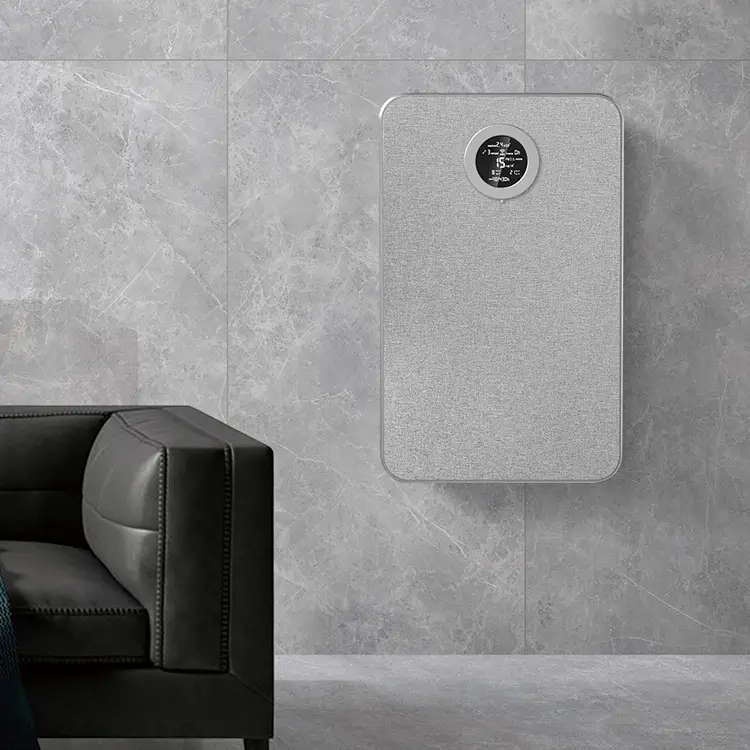
Building Your Fortress – A Strategic, Multi-Layered Approach
Protecting museum collections requires a multi-layered strategy, from the entire building to individual artifacts.
Level 1: The Foundation (HVAC System Integration)
Integrating filtration into the central HVAC system provides broad-spectrum air purification. An ideal three-stage setup includes:
- Pre-filter (MERV 8-13): Captures larger particles, protecting downstream filters.
- Gas-Phase Filter (Blended Media): Removes gaseous pollutants from incoming and recirculated air.
- Final HEPA Filter (H13 or H14): Ensures removal of fine particulate matter for the highest level of control.
Level 2: Targeted Reinforcements (Standalone Purifiers)
Standalone purifiers are crucial for specific areas needing enhanced protection (archives, labs, temporary exhibits) or in buildings with older HVAC systems. Key buying criteria:
- True HEPA Filtration: Non-negotiable for effective particulate removal.
- Substantial Gas-Phase Media: Ensures effective gaseous pollutant removal.
- Low Noise Operation: Essential for quiet museum environments. HisoAir's wall-mounted air purifiers excel here with 데시벨 캔슬레이션™ 기술, operating as low as 25 dB(A).
- Space-Saving Design: HisoAir's wall-mounted air purifiers are ultra-slim (144mm thin), mounting elegantly on walls without occupying floor space, blending seamlessly into the museum aesthetic.
- High-Dust Capacity HEPA Filtration: HisoAir units offer extended filter life, reducing maintenance.
- Ultra-Low Differential Pressure (D/P) Technology: HisoAir's meltblown cores ensure superior airflow and exceptional filtration.
Level 3: Ultimate Protection (Micro-Environment Control)
For the most valuable artifacts, micro-environment control within display cases or storage cabinets offers ultimate protection:
- Passive Sorbent Materials: Discreet packets or sheets that passively adsorb/chemisorb pollutants.
- Active, Miniature Filtration Modules: Fan-driven modules with small HEPA and gas-phase filters for active circulation and purification within enclosures.
This multi-layered approach provides robust and adaptable protection for museum collections.
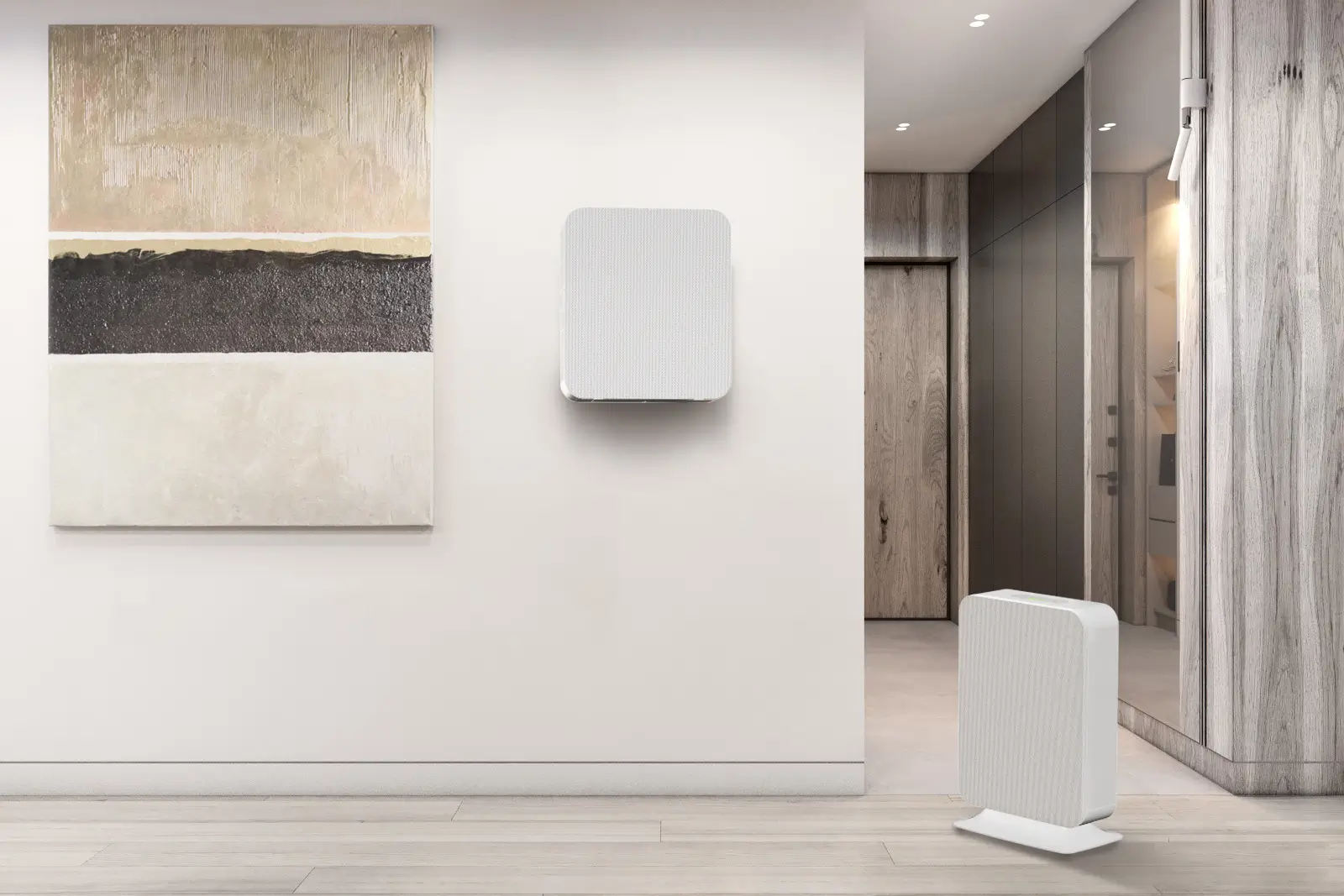
The A-List: Who to Trust in Museum Air Quality
Museums must choose industrial-grade manufacturers with proven track records. Key players include:
- AAF International: Global leader in air filtration, known for specialized chemical media and HVAC integration solutions.
- Camfil: Renowned for high-quality HEPA and molecular filters, with a strong presence in European museums.
- PureAir Filtration: Specialists in gas-phase filtration, offering solutions for corrosive gases and VOCs, particularly for archives.
Case Study Spotlight: The New National Museum of Norway
The New National Museum of Norway exemplifies a world-class approach to air quality . Their solution involved sophisticated high-efficiency particulate and gas-phase filtration integrated into their HVAC system, demonstrating the importance of comprehensive planning, integrated solutions, and a data-driven approach.
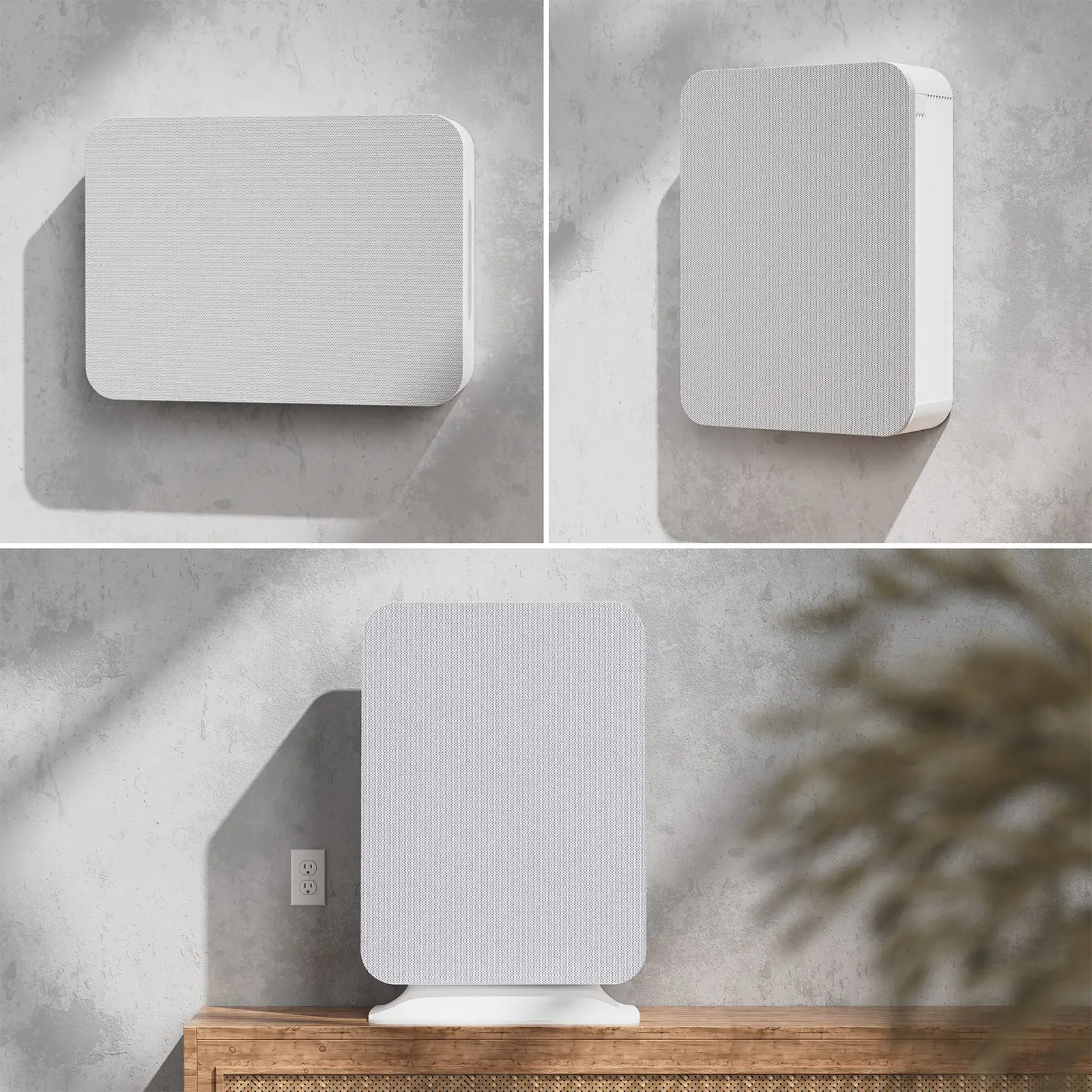
Protecting museum collections from airborne contaminants is paramount. By understanding threats and implementing a strategic, multi-layered air purification strategy, museums can safeguard their environments.
Your action plan:
- Assess Your Vulnerabilities: Identify specific threats based on location, collection materials, and internal pollution sources.
- Measure, Don't Guess: Conduct regular air quality testing, including corrosion coupons, for objective insights.
- Strategize with a Multi-Layered Approach: Combine HVAC integration, targeted standalone purifiers (like HisoAir's wall-mounted units for their quiet, space-saving, and efficient design), and micro-environment control.
- Invest Wisely: View air purification as a critical, long-term investment. Consider TCO and partner with reputable industrial-grade manufacturers.
By taking these steps, museum directors and conservators can ensure invaluable cultural artifacts are protected, securing our shared human story for generations.


